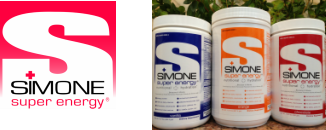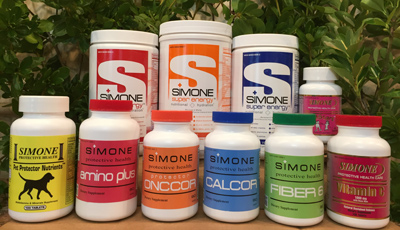8/26/15
We do not diagnose disease or recommend a dietary supplement for the treatment of disease. You should share this information with your physician who can determine what nutrition, disease and injury treatment regimen is best for you. You can search this site or the web for topics of interest that I may have written (use Dr Simone and topic).
“We provide truthful information without emotion or influence from the medical establishment, pharmaceutical industry, national organizations, special interest groups or government agencies.” Charles B Simone, M.MS., M.D.
RIBOSE for HEART and FIBROMYALGIA PATIENTS, and ATHLETES
Lawrenceville, NJ (Dr Simone) – Ribose looks and tastes like sugar and has a negative glycemic index which causes a drop in blood sugar rather than a rise. Ribose is not found in any food but is made by the body very slowly via the pentose phosphate shunt. This slow production may not keep up with the body’s energy demands during stress or injury.
Ribose is important:
1) It is the backbone of Ribonucleic acid (RNA), and is in deoxyribose that is found in Deoxyribonucleic acid (DNA), two of the most important molecules required for life itself.
2) It is necessary to produce energy molecules called Adenosine Triphosphate (ATP). We need ATP while we work, exercise, and even while we rest. When there is not enough ribose, the body finds other less efficient energy sources that can produce damaging waste products leading to injury and pain in all muscles including the heart.
Ribose and Heart Disease
Scores of studies show that ribose protects against cell damage during a heart attack and helps injured heart cells during angina because ribose increases the energy molecule ATP – the more ATP, the better the outcome for patients with coronary artery disease and heart failure. The Cleveland Clinic concludes that “ribose is a safe and effective product for the treatment of coronary artery disease and congestive heart failure. 5 grams three times a day with food.”(http://www.clevelandclinicwellness.com/Features/Pages/Ribose.aspx#).
Ribose and Fibromyalgia
5 grams three times a day with food for three weeks were given to 203 fibromyalgia patients. 61% had increased energy. 37% felt better. 30% improved their sleep. 30% had improved mental clarity. And 16% experienced decreased pain. These improvements began in the first week of treatment and continued to the end of the three weeks. (Teitelbaum. J Altern Complement Med. 2006; 12:857-62).
Ribose and Athletes
ATP levels decrease by 20% with vigorous exercise and takes up to 72 hours to recover. Ribose supplementation (5 grams three times a day with food) shortened recovery time. It did not increase strength but it did reduce the “wiped-out” or “burning” feeling (Hellsten, Am J Physiol Regul Integr Comp Physiol. 2004 Jan;286(1):R182-8).
Caution: Oral doses of more than 15 grams per day or intravenous infusion may produce hypoglycemia because ribose has a negative glycemic index. But this effect is mitigated by always taking ribose with food. It can be added to food or hot or cold beverages.
(c) 2017 Charles B. Simone, M.MS., M.D.


